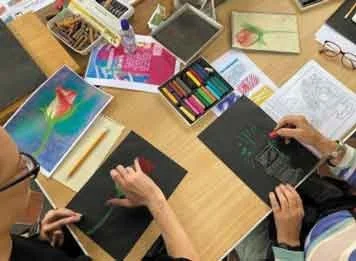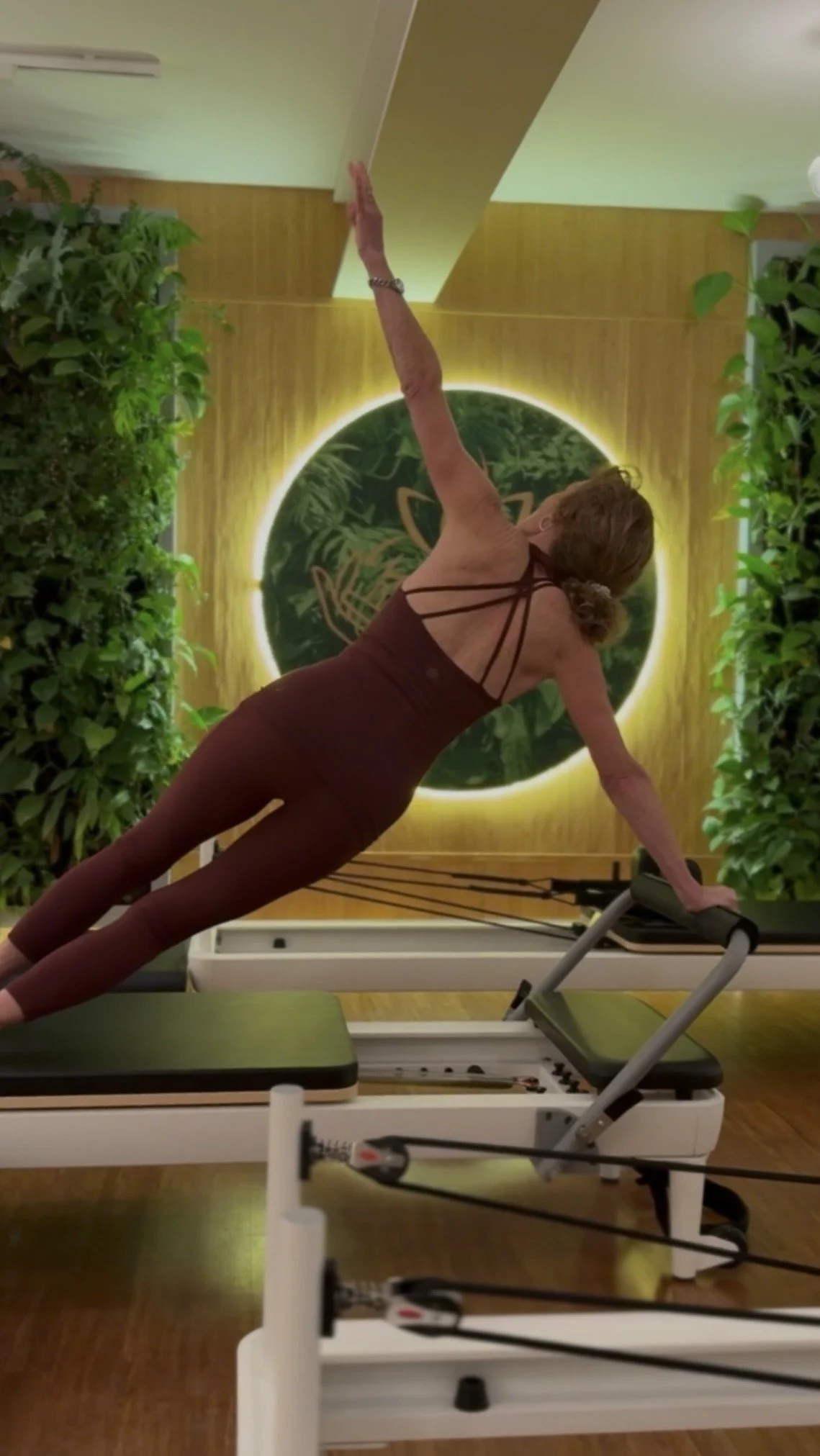The Piano In The Woods Project, Canterbury, Kent
Musician Sam Bailey tells us the very quick story of the time he put a piano in the woods…
Sam Bailey, musician and founding member of Canterbury arts charity Free Range, tells us the very quick story of the time he put a piano in the woods…
Tell us about the project…
In May 2013 a group of us put a piano in private woodland near Canterbury. Each month for a year I played the piano, improvising in response to its changing state. It turned out to be one of the wettest UK winters on record, so the piano changed a lot!
A community of audience members and artists grew around the project and the performances began to involve a range of musicians, dancers, poets, photographers and filmmakers. By the time the last performance took place in May 2014, more than 50 different artists had got involved.
Why did you do it?
Our friend wanted to get rid of her piano and I was exploring new ways of playing. A mutual friend came up with the idea of putting it outside. We worked with the people who managed the woodland to find a site that would see the most growth and change over a year.
There were two main reasons I think the project worked. Firstly, it forced me out of my habits of playing the piano. By month two the rain had made the wood swell, jamming most of the keys, so I had to find new ways of making sound with it. Each month was like learning to play a slightly new instrument while doing a gig!
Secondly, this project combined old and new in a way that fired people’s imaginations. The piano was made in the early 20th century and had survived two world wars. At the first performance it seemed to ask for music that spoke of this history. And hand-in-hand with this nostalgia came strange new sounds that I had never heard before: scrapes, moans, shudders and beautiful glowing high notes.
How did you play once the keys had jammed?
Well, I started by plucking the rusty strings with my fingernails and then began exploring with whatever I could find: e-bows [electromagnets designed for guitars], milk- frothing whisks, combs, electric toothbrushes, bracken, fishing line to bow the strings, vibrating dildos, rubber beaters, rocks and branches. This project totally changed my creative practice.
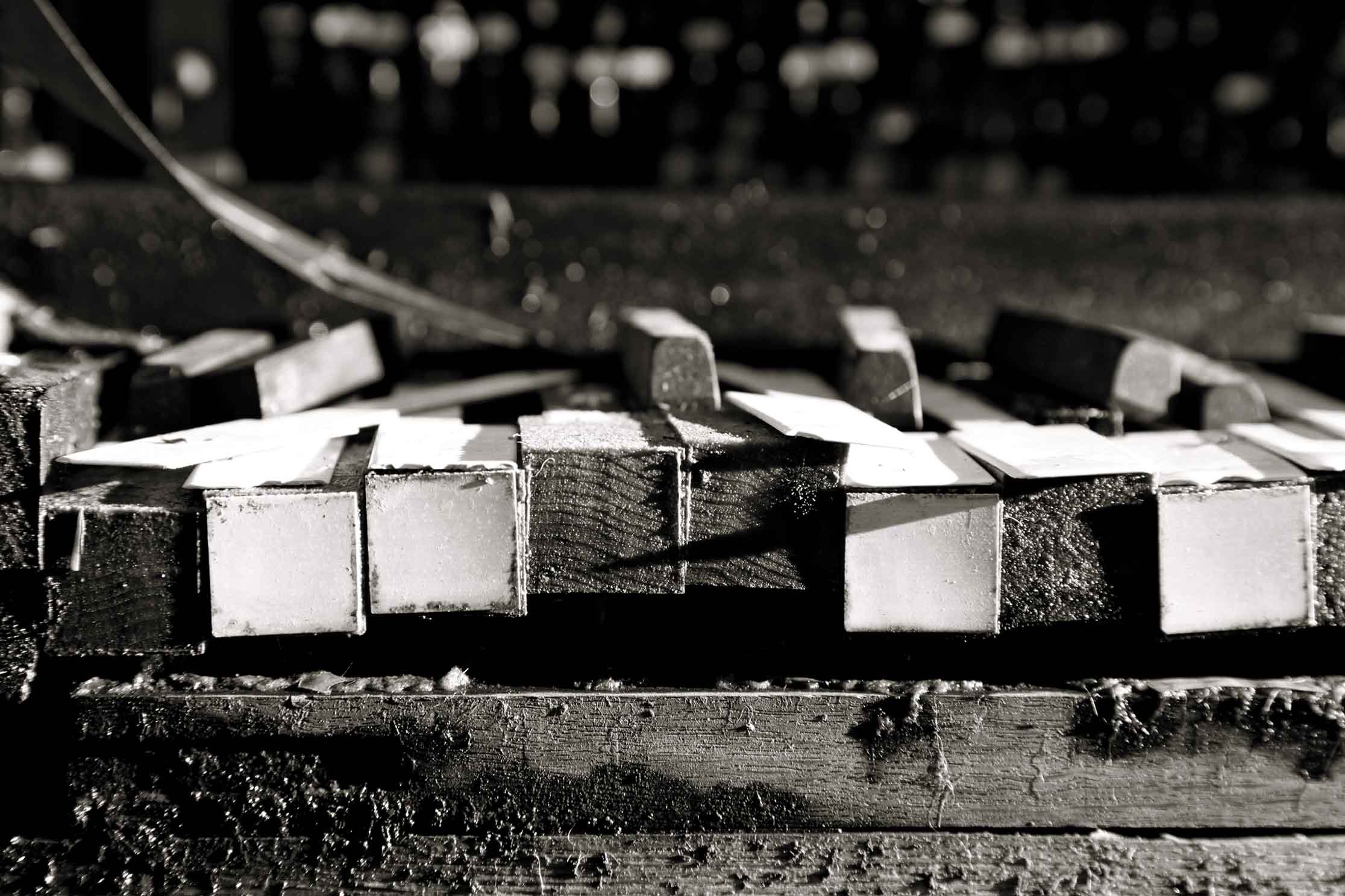
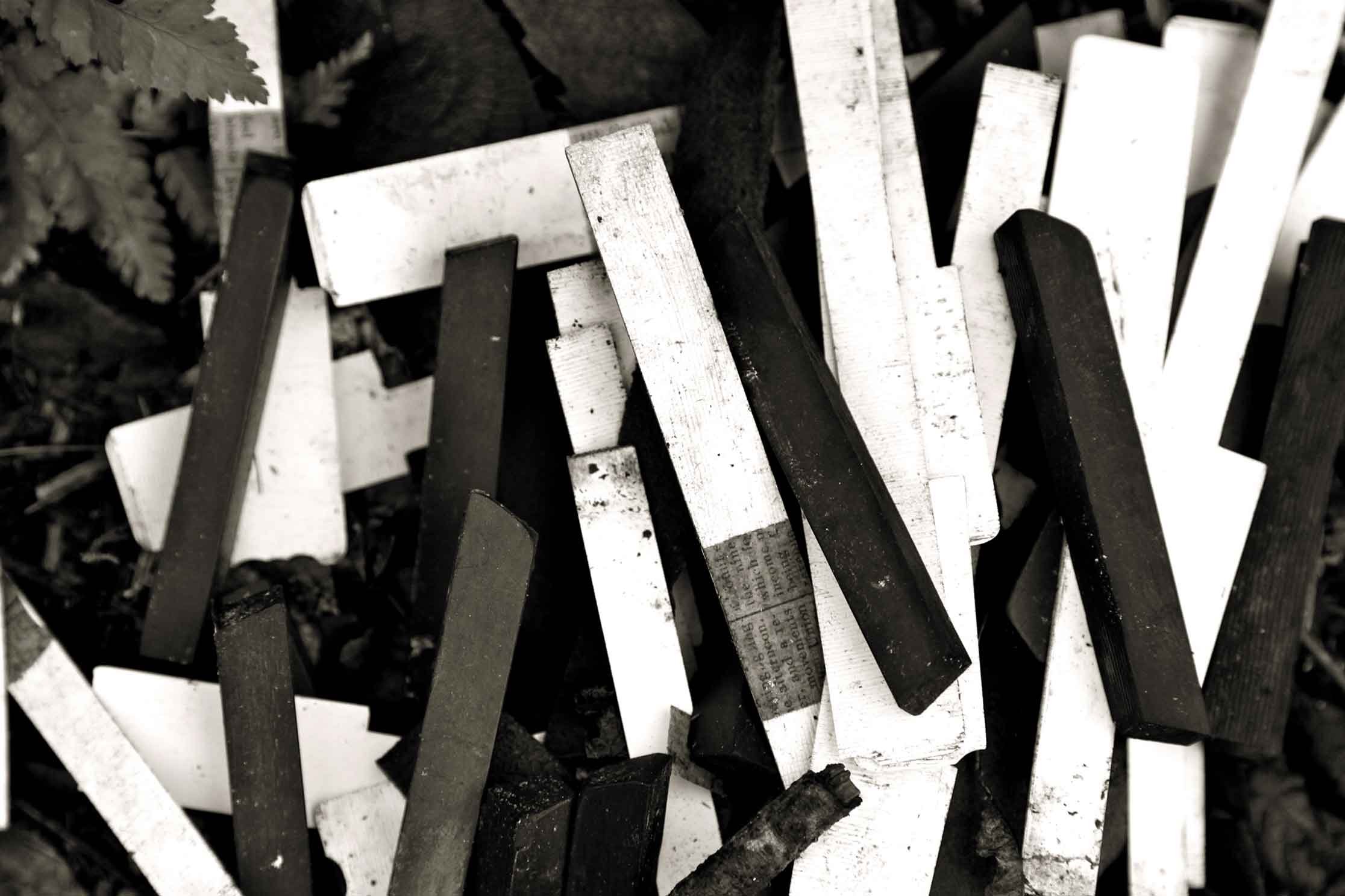
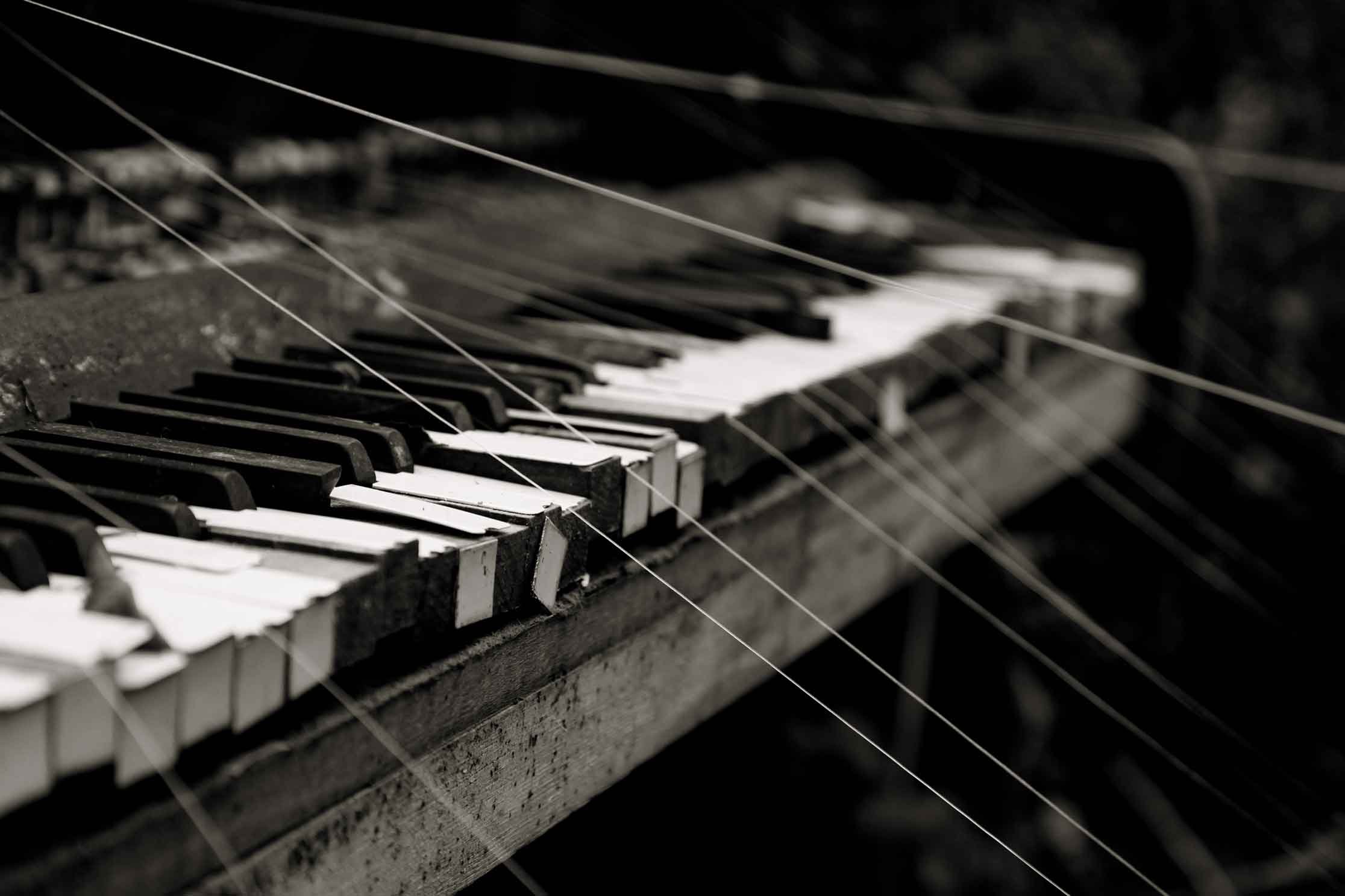

Why is now the right time to release this material?
I initially did this project because I wanted to explore music-making outside of the marketplace. It had no funding. An audience for the monthly performances quickly grew through word of mouth, but back in 2013 I didn’t have the time, money or inclination to make it more public.
But over the years people still talked to me about it - it stayed in people’s memories. And when I revisited the material (audio, video, photographs and poetry) I was struck by its uncompromising beauty. The project drew so many people into its orbit - the performances involved dancers writhing in the bracken or balancing on logs, guitars, bass clarinet, double bass, harp, a choir in the rain at night, poets, even fire breathing. And the collaborations continued long after the project ended. Just recently some of the music was used by the writer Ross Sutherland on an episode of Josie Long’s Shortcuts on BBC Radio 4.
A decade on, what are your conclusions from the project?
Like the piano, I’m getting older and changing state (!), so before it was too late I resolved to release material each month over the course of a year, following the same structure as the original project. I’ve been working with a great producer called Sean Williams to re-edit, mix and master these recordings - I recommend listening on headphones.
These monthly releases will lead to a performance and book launch in May 2025, showcasing the amazing photography, poetry and other text from the project.
People often ask me what has happened to the piano, 10 years on. Last year I paid it a visit. Eventually I found it under a mass of brambles: a few pieces of wood, a coil of rusty strings and some iron tuning pegs are all that remain.









